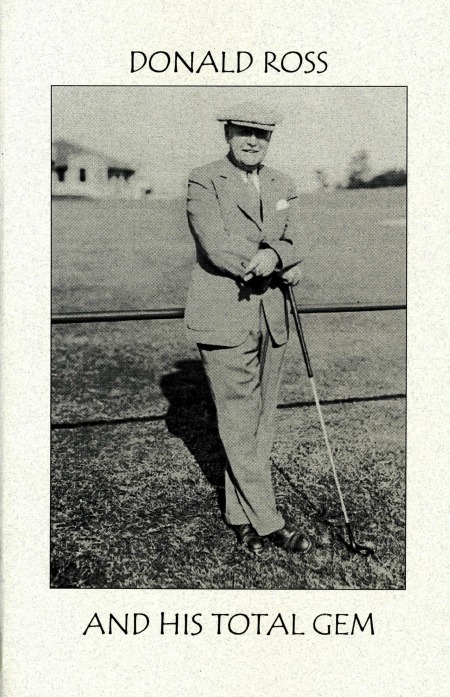Golf at HVCC
Hope Valley Country Club’s storied golf program is rooted at the heart of golf history.
Our meticulously maintained course is known as the “total gem” of Donald James Ross (1872 - 1948), golf's most famous and prolific architect. Through the decades it has retained its original 1926 routing, attracting notice of golf historians and earning accolades. At the same time, the course has gone through periodic renovations with high-profile golf course architects such as Perry Maxwell, Dan Maples, John LaFoy, and Brian Silva. Most recently, the club is undertaking improvements with noted golf course architect Kris Spence.
notice of golf historians and earning accolades. At the same time, the course has gone through periodic renovations with high-profile golf course architects such as Perry Maxwell, Dan Maples, John LaFoy, and Brian Silva. Most recently, the club is undertaking improvements with noted golf course architect Kris Spence.
Junior golfers get their start through the club’s teaching program.
Since the club’s inception Hope Valley golfers have enjoyed prominence competing on junior, college and tour levels – while all Hope Valley golfers enjoy the distinctive camaraderie and many pleasures that stem from this tight yet welcoming golfing community. No matter what your handicap may be, the classic Donald Ross course, accompanying practice areas, dynamic golf programs, exciting tournaments, and fun-filled golf social events make every round at Hope Valley both challenging and fun.
Members and their guests are reminded on the score card, “When you play Hope Valley, you are part of golf history”. Yet when you truly experience the golfing lifestyle at Hope Valley Country Club you realize you are also part of the game's future.
Historical Facts – early Highlights of Hope Valley’s Golf History
- As host to the fourth of Byron Nelson’s record-breaking 11-consecutive PGA Tour Victories in 1945, Hope Valley first earned distinction beyond its role as a beautiful, challenging course. In 1945 Byron Nelson won the second Durham Open on Easter, April 1, with a 71-69-72-65 (276), the only score under par. More importantly it was Nelson's fourth victory in an 11 consecutive streak. A brisk breeze and Hope Valley's fast, undulating greens frustrated most of the field, including Sam Snead, who four-putted one green from 20 feet.
- In the Fall of 1945 Frank Stranahan captured the third Durham Open, the second PGA tour tournament played at Hope Valley that year. The amateur Adonis Stranahan, won by a stroke over Porky Oliver and by two strokes over Ben Hogan. Another amateur, Lt. Cary Middlecoff, had won the North and South Open at Pinehurst immediately preceding Hope Valley. 1945 must have been a bonanza for amateurs. Simon-pure Fred Hass halted Nelson's streak at 11 by nosing out Lord Byron at the Memphis Open later that fall.
- In 1951 Doug Sanders won the Junior Amateur Championship at Hope Valley. He considered the win as pivotal to his career. He wrote in his book Compact published by Thomas Y. Crowell in 1964, "My first big tournament victory, the Jaycee International Junior Championship at Hope Valley Country Club in Durham, North Carolina, won me a scholarship to the University of Florida." Sanders also said the Hope Valley win inspired him to establish the Doug Sanders International Junior program in which as many as 100,000 youngsters from 45 countries have competed.
- In 1955 Mike Souchak, Hope Valley resident and member, shot the lowest 72 hole score in PGA TOUR history at the time. Mike’s total of 257 at the Texas Open in San Antonio was his first tour victory. He then followed that great accomplishment by winning four TOUR events the following year, more than any other Professional in 1956.